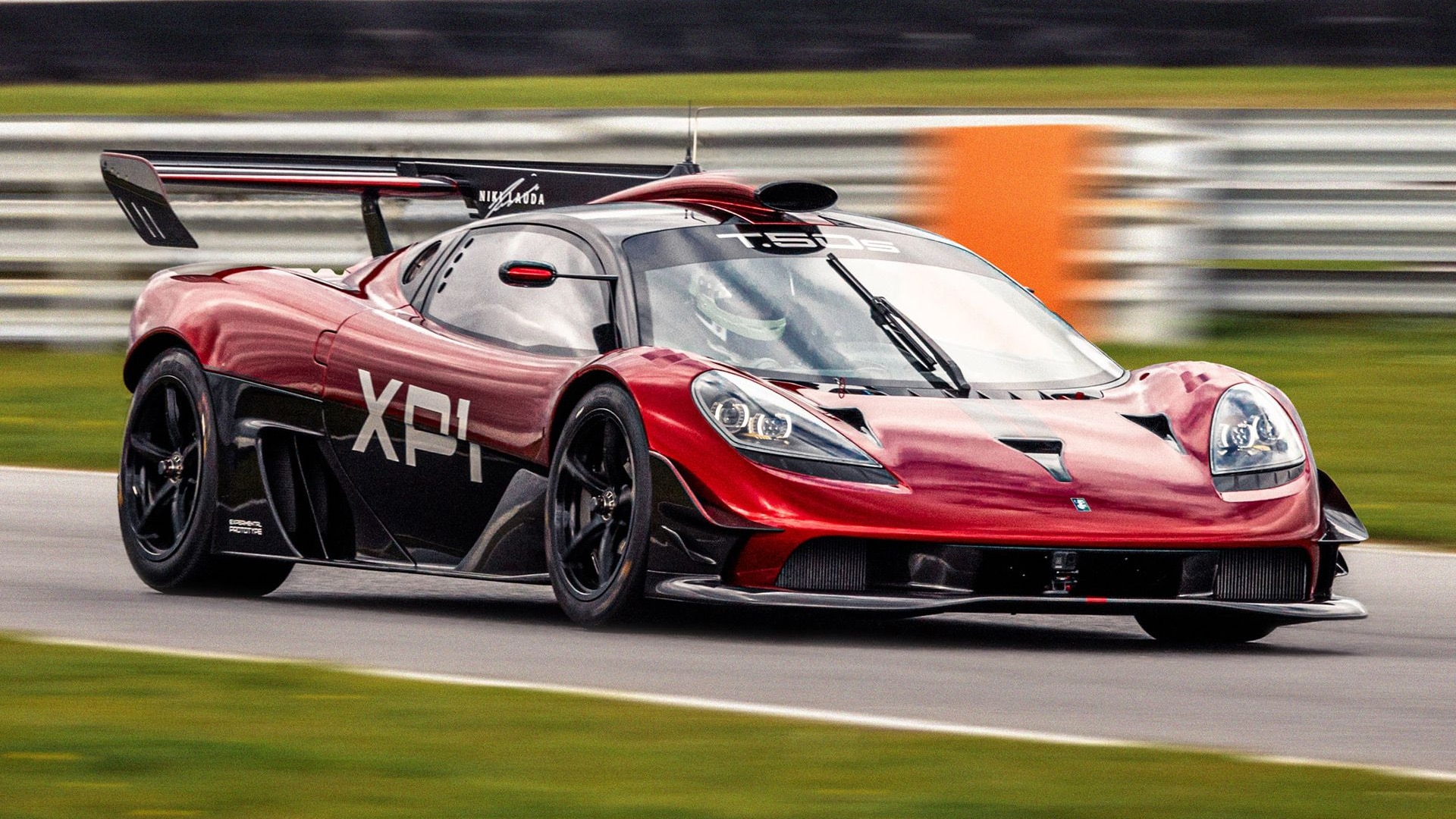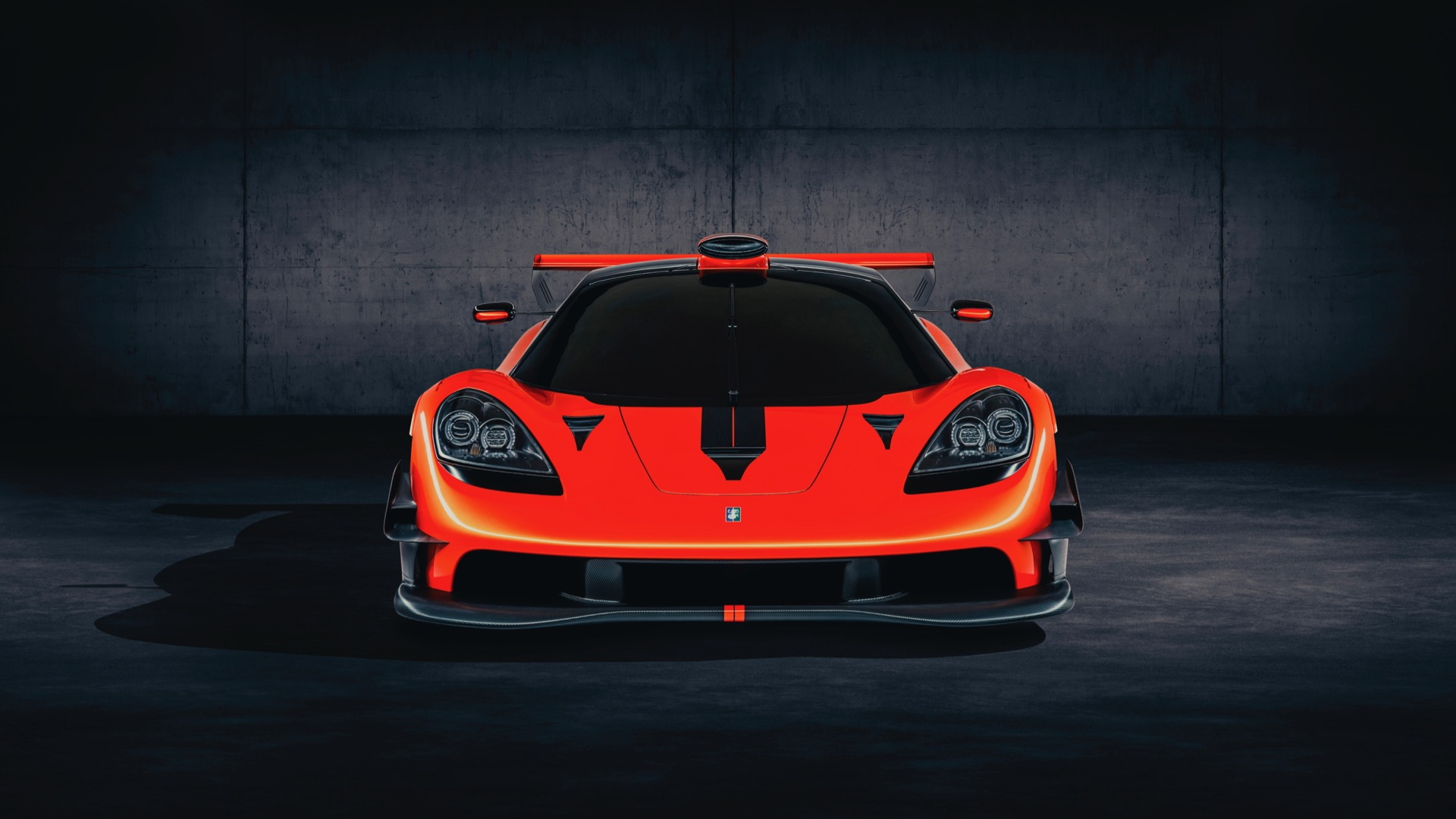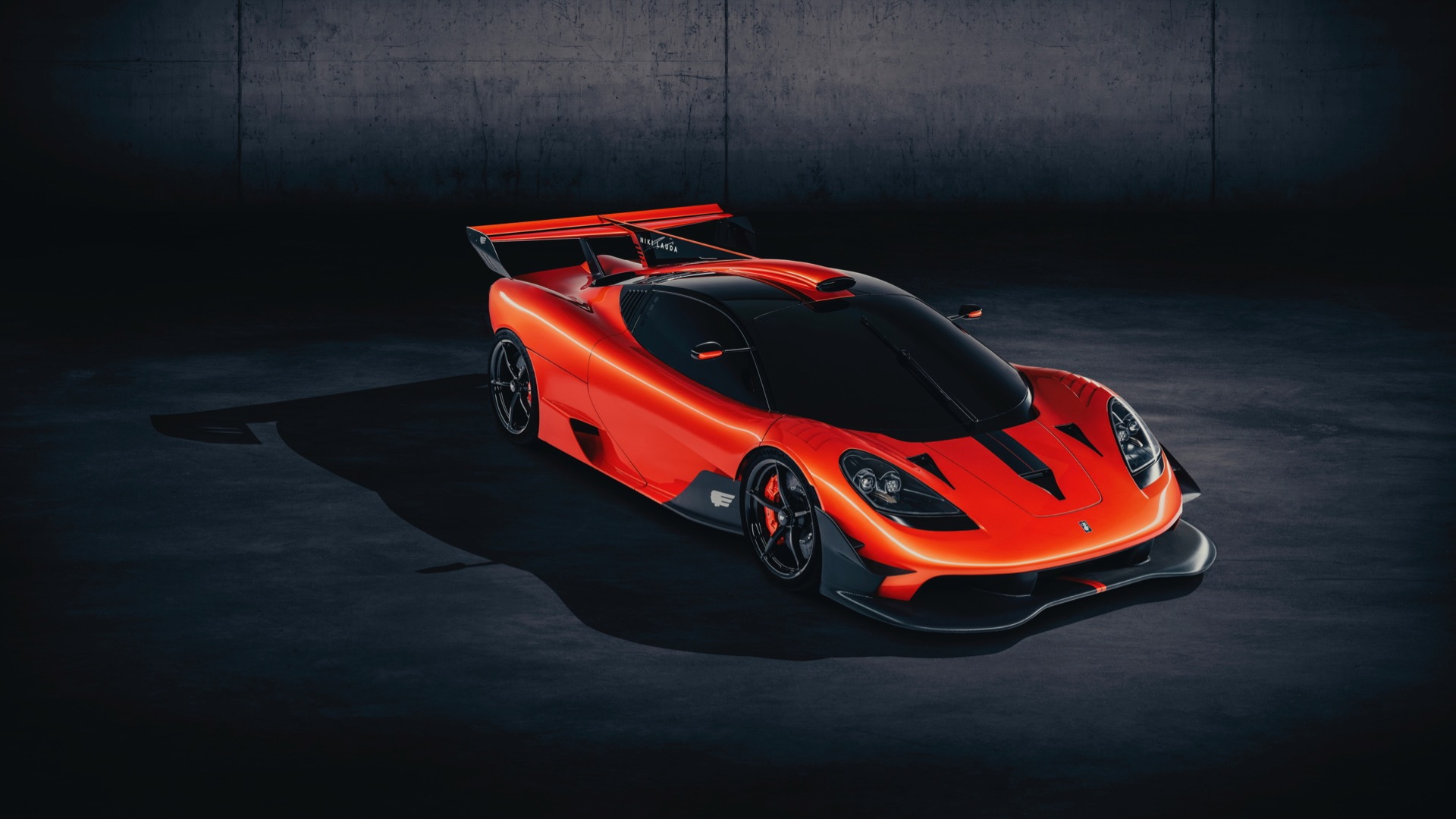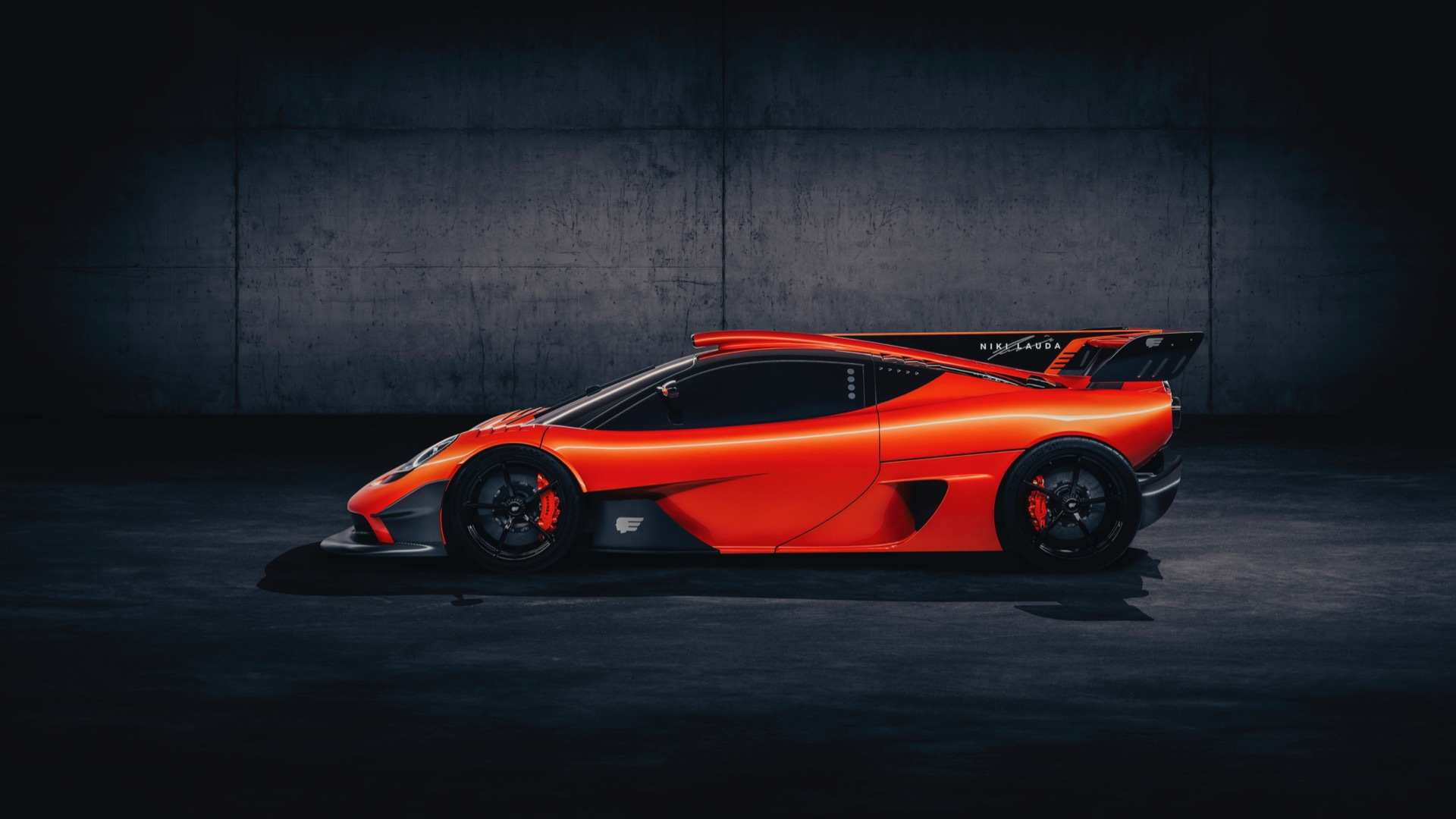Production of the Gordon Murray-designed T.50 supercar is now underway at GMA's new production facility in Highams Park, England. Once the 100 examples of that car are built, GMA will then start cranking out examples of the more extreme T.50s Niki Lauda track car.
Development of the T.50s Niki Lauda is ongoing, and this past weekend a prototype marked the car's official dynamic debut during the Goodwood Members Meet at the Goodwood Motor Circuit. It was joined on the track by a prototype for the tamer T.33 supercar.
Like its road-going sibling, the T.50s Niki Lauda has a rear-mounted fan inspired by Murray's Brabham BT46B "Fan Car" Formula 1 racer. But while the T.50 has six modes for this fan, the T50s only has one—high downforce. A maximum 2,645 pounds of downforce is the target.
In the T.50s, the fan spins at a constant 7,000 rpm to continuously generate that downforce. The car gets a number of other aerodynamic add-ons as well, including a roof scoop that works as a ram-air intake for the V-12 engine, a stabilizing fin like the ones used on Le Mans prototypes, and a large rear spoiler.
Behind the driver sits the Cosworth-developed 3.9-liter V-12 that's shared with the T.50, but output here is increased to a maximum 725 hp, with the same 12,100-rpm redline as before. Drive goes to the rear wheels only via a 6-speed sequential gearbox developed by Xtrac. The road car sticks with a 6-speed manual.
Prior to the Goodwood dynamic debut, GMA announced that 24 examples of the T.50s Niki Lauda will each have a unique chassis name linked to a Grand Prix victory achieved by a Murray-designed car, starting with the 1974 South African Grand Prix at the Kyalami Circuit. It was Murray's first success in F1, when the Brabham BT44 he designed was driven to victory by Carlos Reutemann.
One example of the T.50s Niki Lauda will have a name linked to the 1995 24 Hours of Le Mans, which was won by a McLaren F1 GTR.
The T.50s Niki Lauda is priced 3.1 million British pounds (approximately $3.9 million), and all build slots are already claimed, GMA has confirmed.






